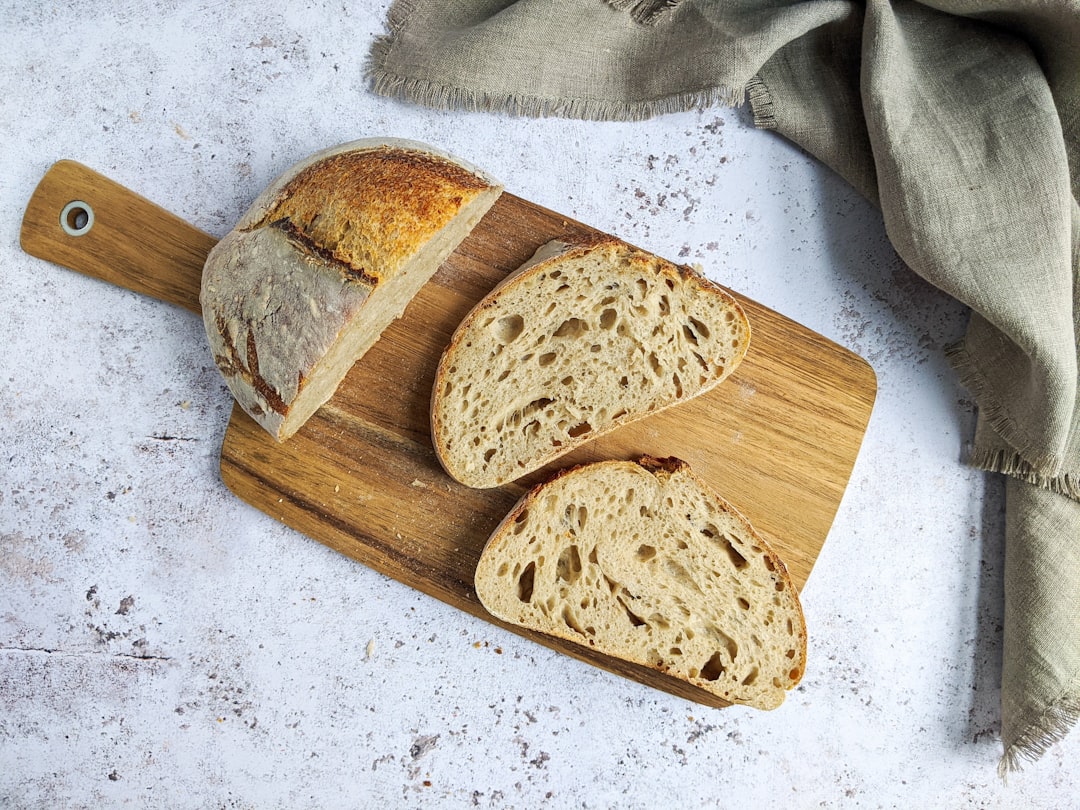What is it about?
Increasing awareness of inefficient meat production and its future impact on global food security has led the food industry to look for a sustainable approach. Meat products have superior sensorial perception, because of their molecular composition and fibrous structure. Current understanding in the science of food structuring has enabled the utilization of alternative or nonmeat protein ingredients to create novel structured matrices that could resemble the textural functionality of real meat
Featured Image

Photo by Usman Yousaf on Unsplash
Why is it important?
Manufacturing concept‐based meat analogs with controlled structural attributes is a significant challenge for the food industry. A new review in Comprehensive Reviews in Food Science and Food Safety summarizes the roles of raw materials and processing parameters in modulating the behavior of the protein phase during the restructuring process.
Perspectives
This review summarizes the roles of raw materials (moisture, protein type and concentration, lipids, polysaccharides, and air) and processing parameters (temperature, pH, and shear) in modulating the behavior of the protein phase during the restructuring process (structure‒function‒process relationship). The big challenge for the food industry is to manufacture concept‐based (such as beef‐like, chicken‐like, etc.) meat analogs with controlled structural attributes. This information will be useful in developing superior meat analogs that fulfill consumer expectations when replacing meat in their diet.
Akashdeep Singh Beniwal
Read the Original
This page is a summary of: Meat analogs: Protein restructuring during thermomechanical processing, Comprehensive Reviews in Food Science and Food Safety, February 2021, Wiley,
DOI: 10.1111/1541-4337.12721.
You can read the full text:
Contributors
The following have contributed to this page










